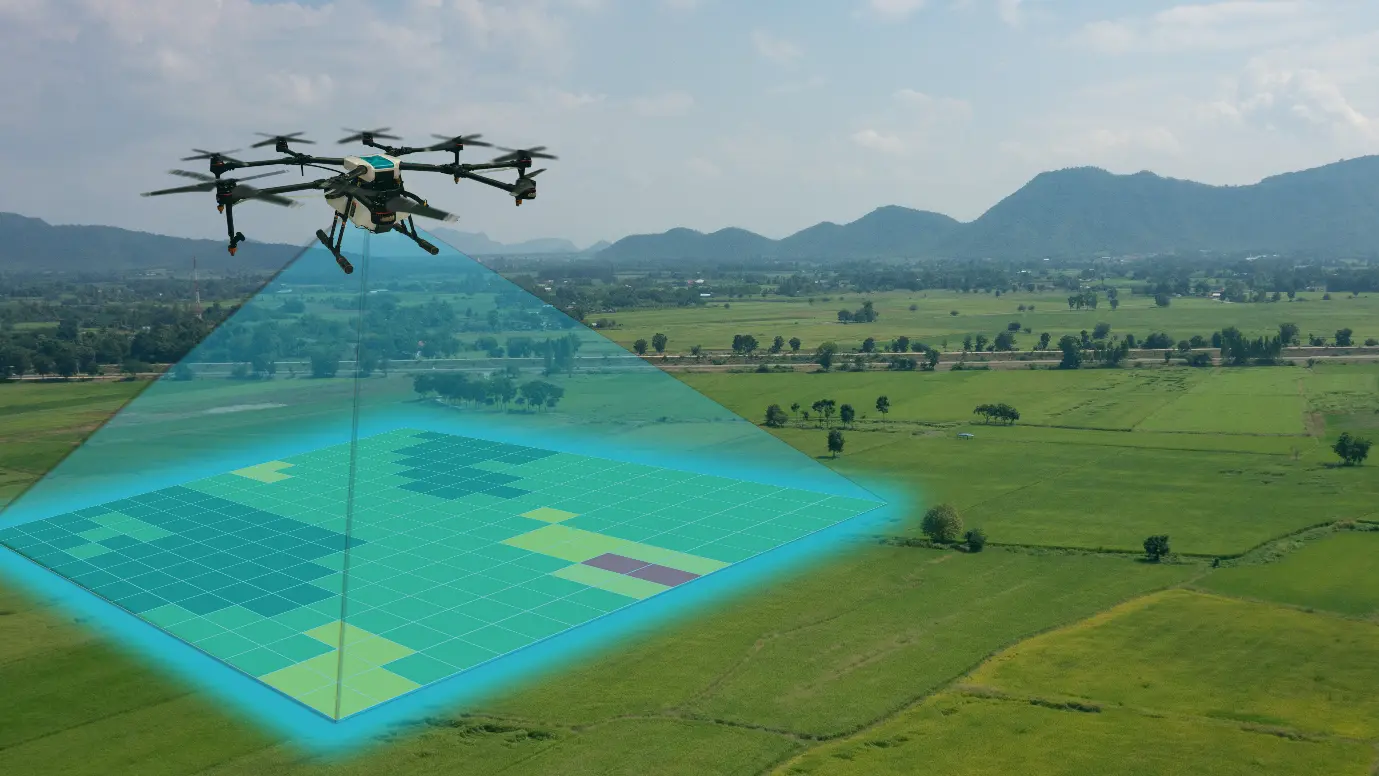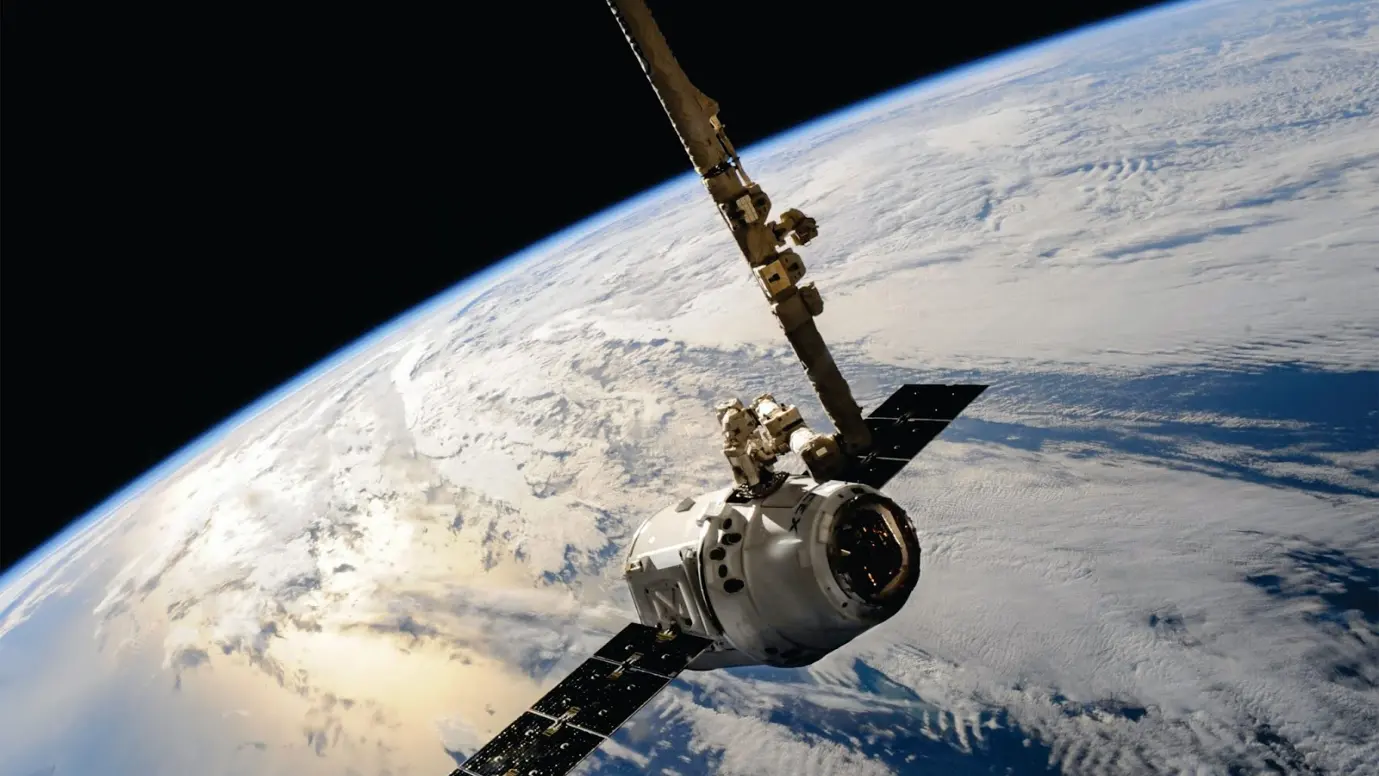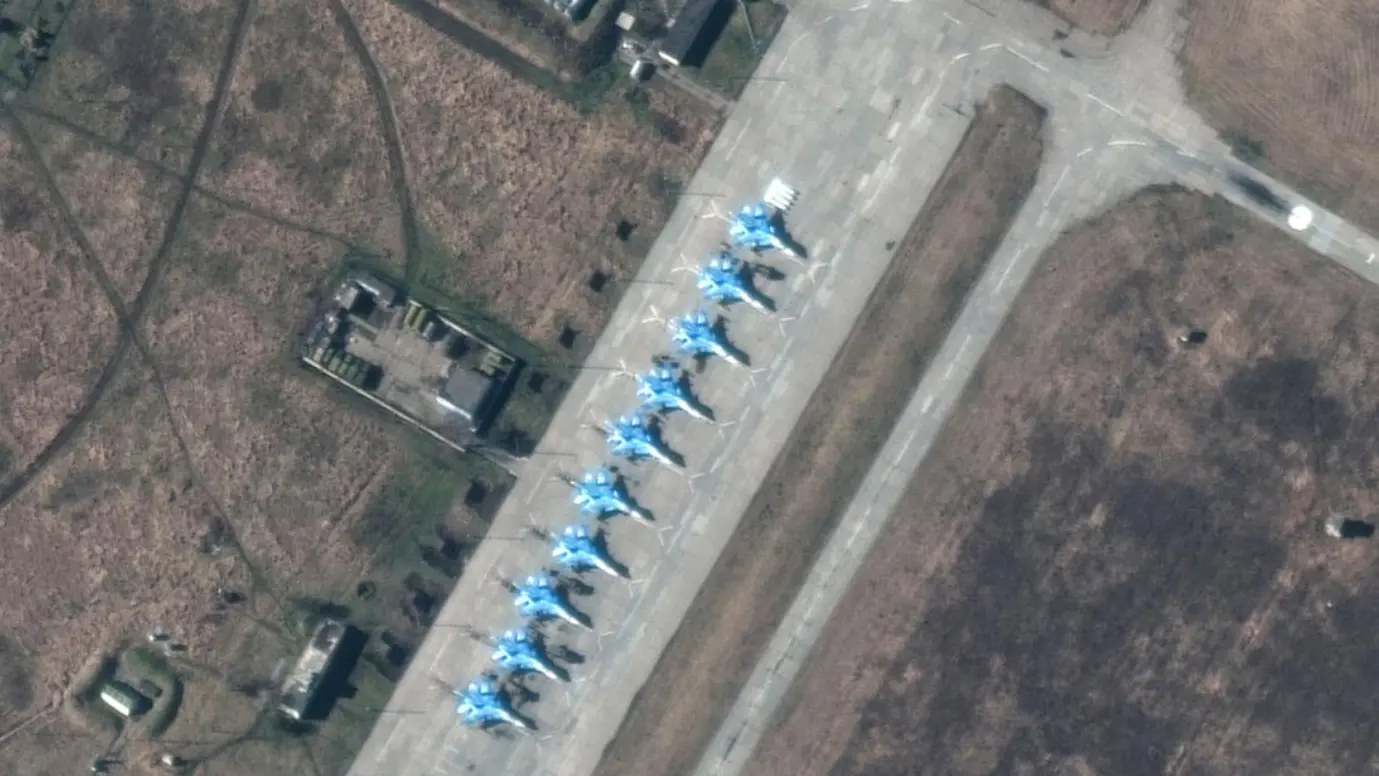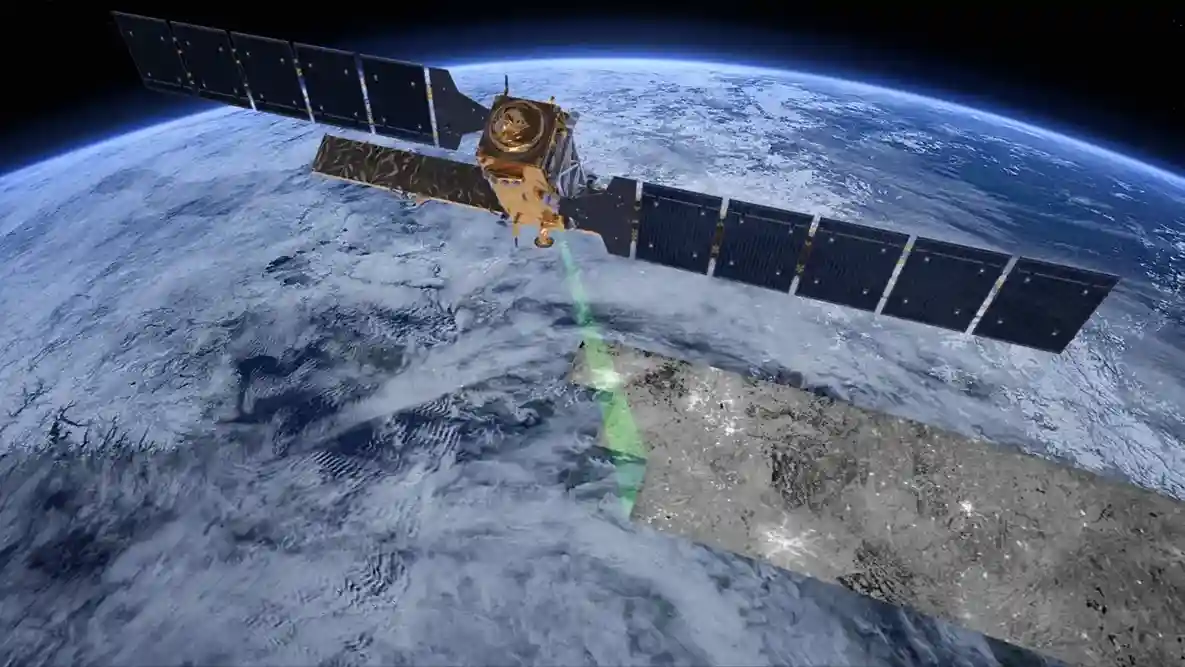ISRO and NASA Gear Up for a Spectacular Launch: Remote Sensing Satellite Set to Soar in the First Half of 2024

A remote sensing satellite is an artificial satellite designed to observe Earth from orbit and collect information about its surface, atmosphere, and oceans. Equipped with various sensors and devices, these satellites capture images and data from space in different parts of the electromagnetic spectrum, including visible light, infrared, and microwave wavelengths. They find applications in a wide range of fields, such as earth observation, environmental monitoring, mapping and navigation, meteorology, cartography, mineral resource exploration, insurance, defence, and security, along with flood and drought monitoring, soil moisture assessment, vegetation analysis, deforestation tracking, forest fire detection, and carbon storage. Remote sensing satellites are categorized into Low Earth Orbit (LEO), Geostationary Orbit (GEO), Medium Earth Orbit (MEO), and other orbits based on their trajectories. Commercial, military, and government entities are the main end-users of remote sensing satellites. Spatial, spectral, radiometric, and temporal resolutions are the major types of resolutions for remote sensing satellites. In terms of technology, remote sensing satellites include passive and active systems. Passive technology comprises panchromatic imagery, multi-imagery, pan-sharpened imagery, and hyperspectral imagery. Active technology includes synthetic aperture radar, LIDAR, and GNSS reflectometry. Satellites, Unmanned Aerial Vehicles (UAVs), manned aircraft, and ground stations serve as platforms for remote sensing. Active remote sensing technology addresses the limitations of passive remote sensing, which is ineffective for analysing surface features during nighttime. This technology is extensively employed to assess forest structure, ice conditions, sea surface topography, and various other applications. Furthermore, governments of countries, such as India and the USA, plan to launch a joint microwave remote sensing satellite for Earth observation named NASA-ISRO Synthetic Aperture Radar (NISAR) onboard ISRO’s GSLV in the first quarter of 2024. This satellite will be instrumental in studying the land ecosystem, deformation of the solid earth, mountain and polar cryosphere, sea ice, and coastal oceans.
Eyes in the Sky: Exploring the Surging Demand for Remote Sensing Satellites in a Tech-Driven World
According to a study by IMARC, the global demand for remote sensing satellites has increased substantially over time. Various factors contributing to the market's growth are outlined below:
Advancements in Agricultural Monitoring: The adoption of precision farming techniques is rapidly increasing worldwide, anticipating the growth of remote sensing satellites. These techniques utilize remote sensors, drones, robots, and computer imaging to provide data for crop monitoring, yield prediction, and resource optimization. This enables farmers to make informed decisions for enhanced productivity.

Increasing Adoption of Smart City Project: Remote sensing satellites assist authorities in zoning, urban planning, infrastructure modelling, security, and law enforcement planning. Countries globally are focusing on developing infrastructure and making significant investments in their smart city projects, thereby driving the demand for remote sensing satellites.
.webp)
Growing Investment in Remote Sensing Satellite: Key industry players are deeply involved in the manufacturing of remote sensing satellites. They are required to produce components and encrypt data content in compliance with standards set by regulatory organizations. Furthermore, the increasing adoption in research and exploration applications is also propelling market expansion.

Rising Demand in Military Sector: The escalating territorial conflicts worldwide have prompted governments to shift their focus toward surveillance technologies for national security. Consequently, countries are making significant investments in such technologies. Remote sensing satellites provide diverse information, including terrain analysis, weather patterns, and infrastructure details, which are crucial for military purposes. As a result, the demand for remote sensing technologies in the military sector is rising worldwide.

Increasing Technological Advancements: Continuous technological advancements in satellites, characterized by higher resolution imaging, enhanced data processing capabilities, and the miniaturization of satellite components, propel the market forward. These advancements enhance the capabilities of remote sensing satellites and make them more accessible.

From Sky Labs to Global Markets: Unveiling the Latest Trends in Remote Sensing Satellite Technology
- The Hong Kong Satellite Manufacturing Centre (HKSMC) has finalized the manufacturing of Hong Kong's inaugural hyperspectral remote sensing satellite in September 2023. This satellite is outfitted with high-resolution cameras capable of capturing visible remote sensing images at sub-meter levels. These images can be transformed into valuable data, contributing to the advancement of Internet of Things (IoTs), disaster prevention and mitigation efforts, smart city development, and various other fields.
- China successfully launched a new Yunhai remote sensing satellite from the Jiuquan Satellite Launch Centre in the Gobi Desert in October 2023. The satellite was launched using the Long March-2D rocket.
- In January 2023, Xplore, a startup headquartered in Redmond, Washington, secured a remote-sensing license from the National Oceanic and Atmospheric Administration (NOAA) for its inaugural mission to low Earth orbit. The company was expected to deploy its first Xcraft small remote sensing satellite in the fourth quarter of 2023 through a SpaceX Falcon 9 rideshare.
- Lockheed Martin unveiled the inaugural LM 400 customizable satellite bus in preparation for its scheduled launch in 2023. The spacecraft's design is versatile, supporting a range of missions, such as remote sensing, communications, imaging, radar, and persistent surveillance.
Revolutionizing Earth Observation: The Future of Remote Sensing Satellites
The expansion of the remote sensing satellite market is expected to increase in the coming years due to the involvement of both public and private sectors in satellite development and operations. Private companies are launching their own remote sensing satellites, thus contributing to increased competition and innovation. For instance, in the Indian space startup industry, Gujarat-based aerospace firm Azista BST Aerospace launched the remote sensing satellite Azista BST Aerospace First Runner. Furthermore, these satellites also support telecommunications, internet services, and navigation systems, thereby contributing to global communication and connectivity. The increasing demand for reliable and widespread communication infrastructure is expected to drive the market for remote sensing satellites. Collaborations and partnerships between countries and international organizations in space exploration and satellite programs are contributing to the growth of the remote sensing satellite market in the forecasted period.
Unleashing Potential: Elevate Your Insight with IMARC's In-Depth Analysis
Companies need to set goals for the development of new and innovative remote sensing satellite. It is necessary for them to analyse their existing product and identify areas where new technological advancements can be introduced in the manufacturing of remote sensing satellite for a better user experience. The analysis of competitors’ business strategies and innovation of products is again a very important parameter for developing unique and featured remote sensing satellite.
At IMARC Group, we specialize in assisting companies through market research to identify the latest trends, business strategies, and product opportunities. We can assist by providing information on new product launches, innovation, and recent trends and developments. We help businesses position themselves for long-term success and growth.
Contact Us
Have a question or need assistance? Please complete the form with your inquiry or reach out by emailing us on sales@imarcgroup.com.